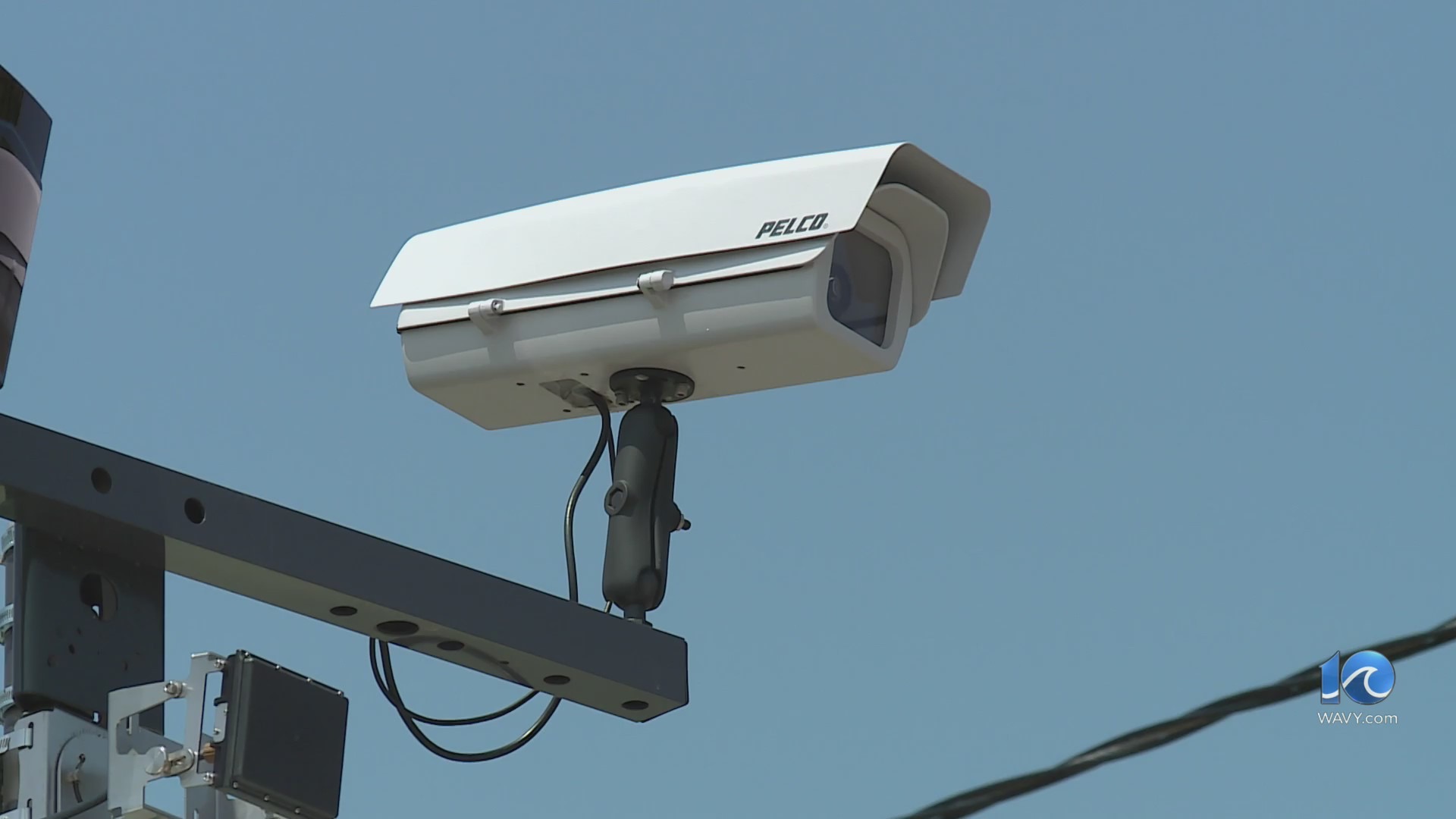A specialized plane equipped with advanced sensors that the government deploys to chemical disasters could have helped authorities avoid needlessly blowing open five rail tank cars and burning their toxic contents after the disastrous 2023 East Palestine train derailment, a new report says.
The report released Tuesday found the single-engine Cessna wasn’t called into action until the night before the rail cars filled with vinyl chloride were blown open because officials with the Environmental Protection Agency on the ground didn’t fully understand the plane’s sophisticated capabilities.
The report by the EPA’s Inspector General said the agency’s on-scene coordinator mistakenly thought the so-called ASPECT plane could only measure 20- to 30-degree differences in temperature. In reality, the report noted, the sensors can measure slight temperature differences of less than 1 degree.
That information could have helped first responders avoid the key mistake the National Transportation Safety Board identified of blowing open the tank cars filled with the toxic plastic ingredient.
The on-scene coordinator’s “limited awareness or use of the full range of ASPECT capabilities could negatively impact emergency response decision-making,” the report said.
The towering plume of black smoke
The explosion and fire generated a massive plume of black smoke over East Palestine that billowed eastward over the nearby Ohio-Pennsylvania border three days after the derailment. State and local officials in charge of the response feared those tank cars would explode even though the limited temperature information they had showed the cars were starting to cool off.
The National Transportation Safety Board had previously faulted the Norfolk Southern railroad for not sharing the opinion of the chemical maker that the vinyl chloride wasn’t going to explode with decisionmakers. Norfolk Southern has said OxyVinyls officials offered conflicting information that left the railroad’s experts worried about a dangerous chemical reaction.
Much of the small town of East Palestine had to be evacuated for days because of the toxic chemical fire. Many residents still complain of lingering health symptoms, fearful of potential long-term health consequences.
The EPA has maintained that dangerous levels of chemicals were never found after the evacuation order was lifted five days after the Feb. 3, 2023, derailment.
Some have questioned whether the agency did enough to detect the chemicals in the aftermath and doctors are still trying to determine what prolonged exposure to low levels of the chemicals might mean. Recently released records show officials with the Federal Emergency Management Administration have acknowledged residents’ fears that cancer clusters could develop years from now in local residents despite the EPA’s assurances.
Robert Kroutil, the man who wrote the software and helped interpret the data from the plane’s advanced radiological and infrared sensors, has said having accurate temperature data from the plane could have helped avoid the vent-and-burn operation.
“The report noted that EPA officials believe that the on-ground monitoring equipment provided superior detection capabilities, which is incorrect,” Kroutil said. “This demonstrates EPA’s complete lack of understanding of the ASPECT technology and how it works to protect chemically impacted sites.”
EPA updates its policies
The East Palestine derailment was the worst rail disaster in a decade. It prompted a national reckoning with rail safety and calls for reform — although proposals for new industry rules stalled in Congress.
The railroad’s contractors who led the response to the derailment told the NTSB they had difficulty getting accurate temperature readings on the cars because the fire surrounding them made it especially dangerous. Kroutil’s concerns prompted the IG investigation.
The EPA said in its official response to the report that it has developed a detailed fact sheet and plans to train its emergency responders about the plane’s capabilities and when it should be deployed over the next year. But the agency didn’t immediately respond Tuesday to questions about the delayed response in East Palestine.
Lingering questions about the flights
The Government Accountability Project watchdog group that helped Kroutil document his concerns questioned why the Inspector General didn’t look into other aspects like Kroutil’s concerns that the plane’s sensors were intentionally shut off over the creeks around East Palestine and that the final report on the flights was changed to overlook the incomplete data that was generated in just two flights before the plane was sent home.
GAP’s Senior Environmental Officer Lesley Pacey said “the investigation’s scope was too narrow, failing to address the most serious allegations.”
The EPA didn’t even call for the sensor plane until two nights after the derailment when officials were already contemplating the vent-and-burn operation.
The plane took off from its Texas base within a half hour of getting the call, but it didn’t make a pass over the derailment as it flew into the area that night, and then weather conditions kept it from flying during the controversial burn operation the next day. It didn’t gather any data until the following day after most of the chemicals had already been distributed by the wind.
The Inspector General said the emails and documents it reviewed showed that officials followed existing practices on deploying the plane, but those procedures lacked the clarity needed to help them decide when to deploy the plane.






